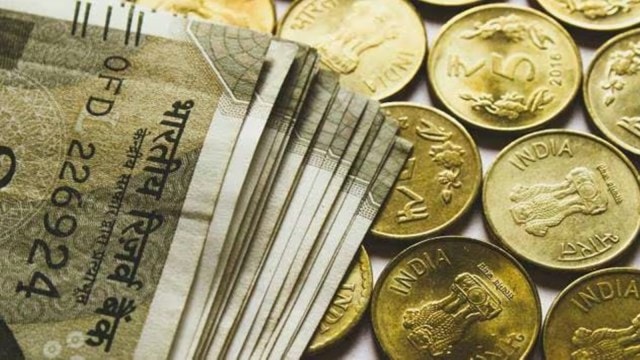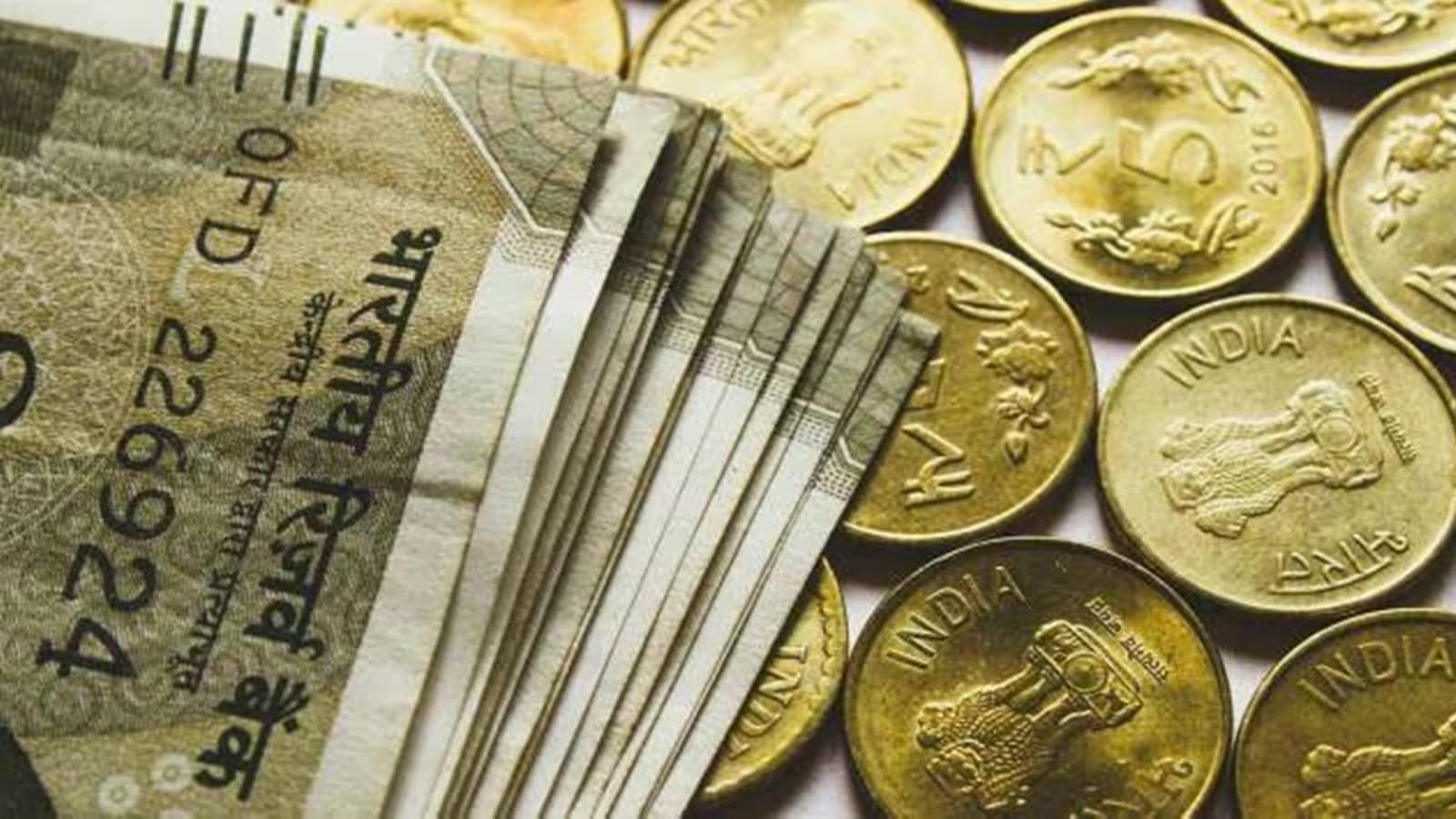

Feb 16, 2025 07:00 IST First published on: Feb 16, 2025 at 07:00 IST
There is a proverb in Tamil that goes as follows: If hunger strikes, all ten will fly away. The ten are honour, clan, education, generosity, knowledge, charity, penance, effort, perseverance and desire. In modern times, the ten — and more — virtues seem to vanish at the time of elections. Admitted, Budget 2025-26 was presented on the eve of the Delhi elections and a few months before the Bihar elections. However, I have seldom seen a Budget that gives away all that the government can afford to give away in a year to a small number of persons in the hope that the ruling party can win their votes. That is precisely what the Hon’ble Finance Minister (FM) did in the Budget.
The FM calculated that she had — or was told she must find — a treasure of Rs 1,00,000 crore to distribute. She ‘found’ the money, and she decided to give away all of it to 3.2 crore persons who paid income tax (among the population of 143 crore people). It is a minor detail that the 3.2 crore income-tax payers included the middle class, the rich, the very rich and the super rich. Along with the ten virtues contained in the Tamil proverb, modern values of governance such as equity, social justice and distributive fairness were thrown to the winds.
Story continues below this ad
Politically-driven Budget
As the budget exercise started, the FM was under the pressure of falling revenues. The Ministry of Finance (MoF) estimated that the total receipts of the central government will fall short of the budget estimates of 2024-25 by about Rs 60,000 crore. Moreover, if the FM wanted to ‘improve’ the fiscal deficit of 2024-25 a tad, the MoF had to find at least Rs 43,000 crore. Together, about Rs 1,00,000 crore had to be garnered. Delhi elections were around the corner and, if giveaways were contemplated, those would require additional funds in 2025-26.
It is most probable that the ‘giveaway’ of a cut in the income tax was decided at the highest levels of the government. Which section of the tax-payers should get the benefit? Aw shucks (as Mr Trump would have said), let every income tax payer get it! Hence, the decision to raise the threshold of taxable income from Rs 7 lakhs to Rs 12 lakhs. The FM said it would cost Rs 1,00,000 crore.
Take hatchet to Budget
Once these decisions were taken, there was no option except to cut the expenditure in 2024-25 and to deny any kind of relief to other sections of citizens in 2025-26: MGNREGA workers (the poorest of the poor), daily wagers, non-income tax paying salaried workers, industrial workers, MSMEs, homemakers, pensioners and unemployed youth were ignored. The FM took a hatchet and ruthlessly cut both capital and revenue expenditure in this and the next years from ministries ranging from External Affairs to Education to Rural Development to Social Welfare to Urban Development. Besides, despite foregoing Rs 1,00,000 crore, she simply assumed that net tax receipts to the central government will grow in 2025-26 at the same rate of 11 per cent as in 2024-25.
Story continues below this ad
According to the Periodic Labour Force Survey (PLFS), youth unemployment is 10.2 per cent and graduates’ unemployment is 13 per cent. The budget documents have 8 lines of expenditure on employment generation schemes, including 5 lines of the much-touted Productivity Linked Investment (PLI) schemes. The BE for 2024-25 for the 8 lines was Rs 28,318 crore but the RE is only Rs 20,035 crore. The employment generation programme is a spectacular failure.
most read
Bottom 50% abandoned
According to PLFS, the monthly wages of a salaried male worker had fallen in the last 7 years from Rs 12,665 to Rs 11,858 and for a self-employed male worker from Rs 9,454 to Rs 8,591. There was a similar decline for female workers too. According to the Household Consumption Survey, the average monthly per capita expenditure (MPCE) was Rs 4,226 (rural) and Rs 6,996 (urban). This is the average for the whole population of India. If one calculated MPCE for the bottom 50 per cent of the population, it will be lower, and for the bottom 25 per cent of the population, it will be even lower. How can a family of four live on a per capita monthly expenditure of 4 x Rs 4000-7000 (or less) that will include expenditure on food, electricity, education, healthcare, rent, transport, repaying debts, recreation, social obligations and emergencies?
The Economic Survey said that India needed to create 78.5 lakh non-farm jobs every year until the year 2030. India’s manufacturing sector has diminished in the last 10 years: from 15.07 per cent of GDP in 2014 to 12.93 per cent in 2023 (source: World Bank). India’s share of global manufacturing trade was 2.8 per cent against China’s 28.8 per cent. The manufacturing sector has not created the required number of jobs to absorb the unemployed, the daily wagers or the self-employed workers. ‘Made in India’ is another spectacular failure.
The Indian economy is not growing at a sufficient rate. As a result of the government’s policies (reflected in the FM’s Speech of February 1, 2025), a tiny fraction may become very rich and the middle class (at best 30 per cent of the population) may lead comfortable lives. However, the government stands charged of cruelly abandoning the bottom 50 per cent of Indians.
(to be continued)


